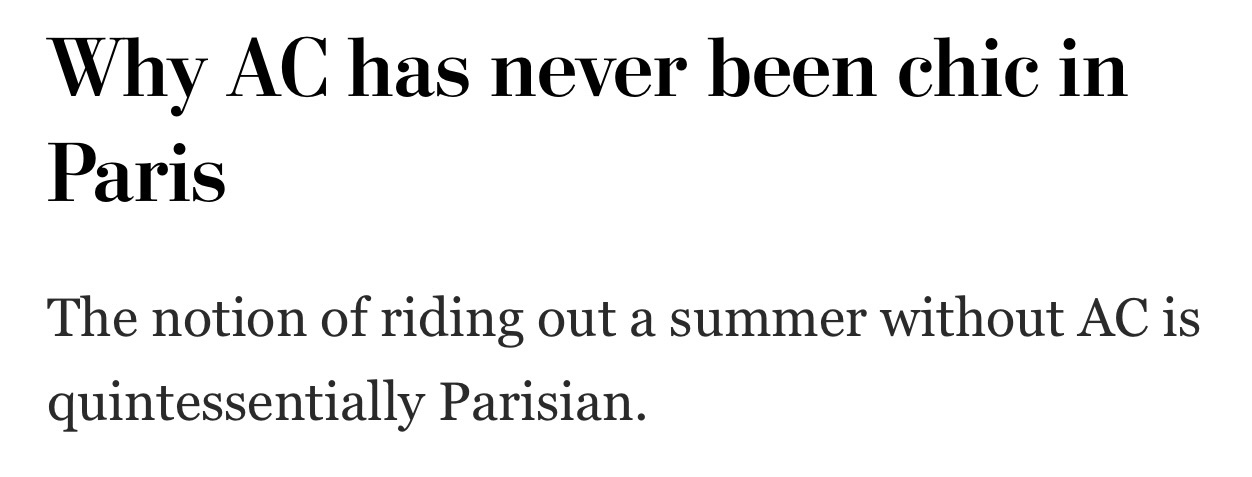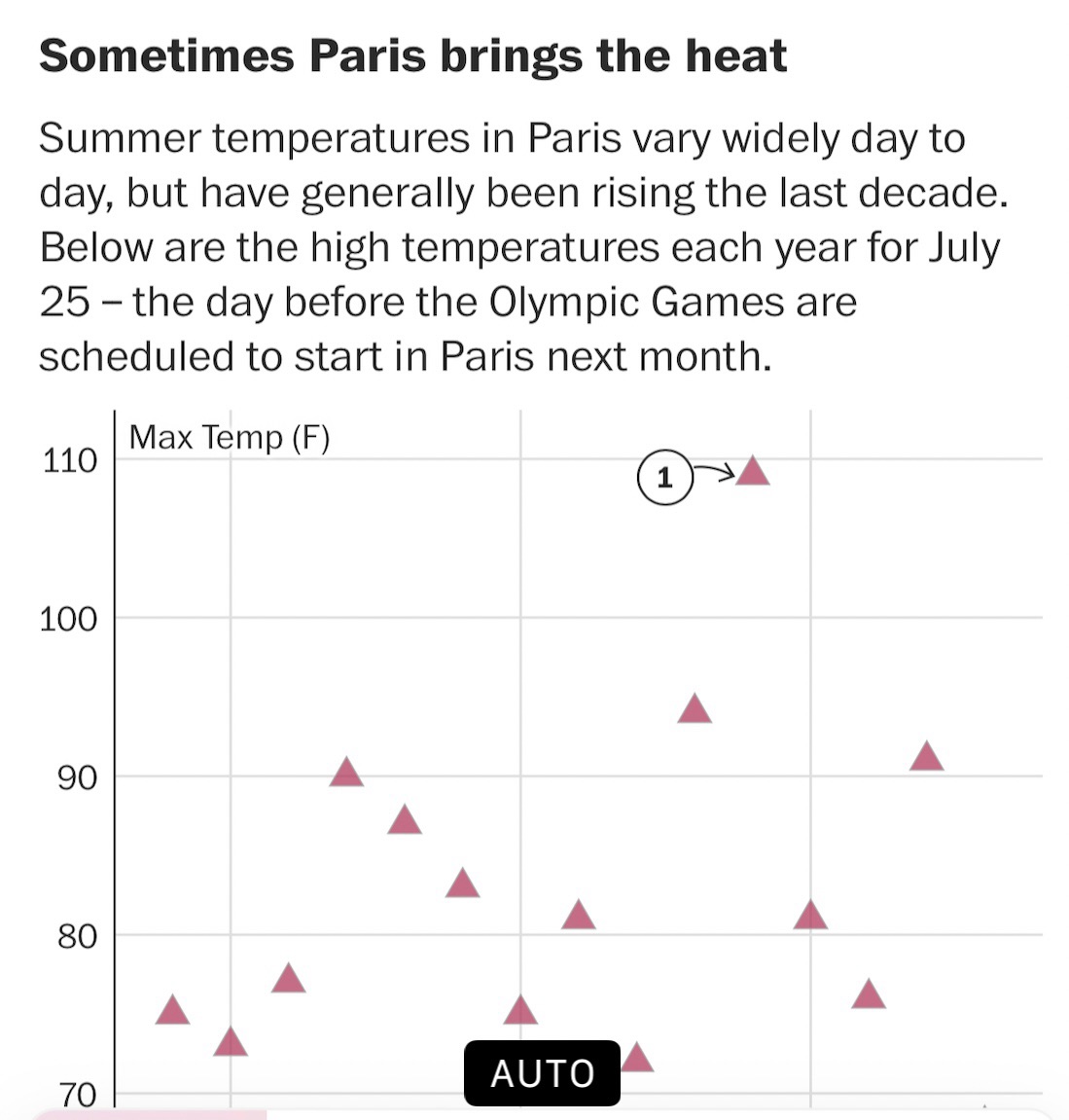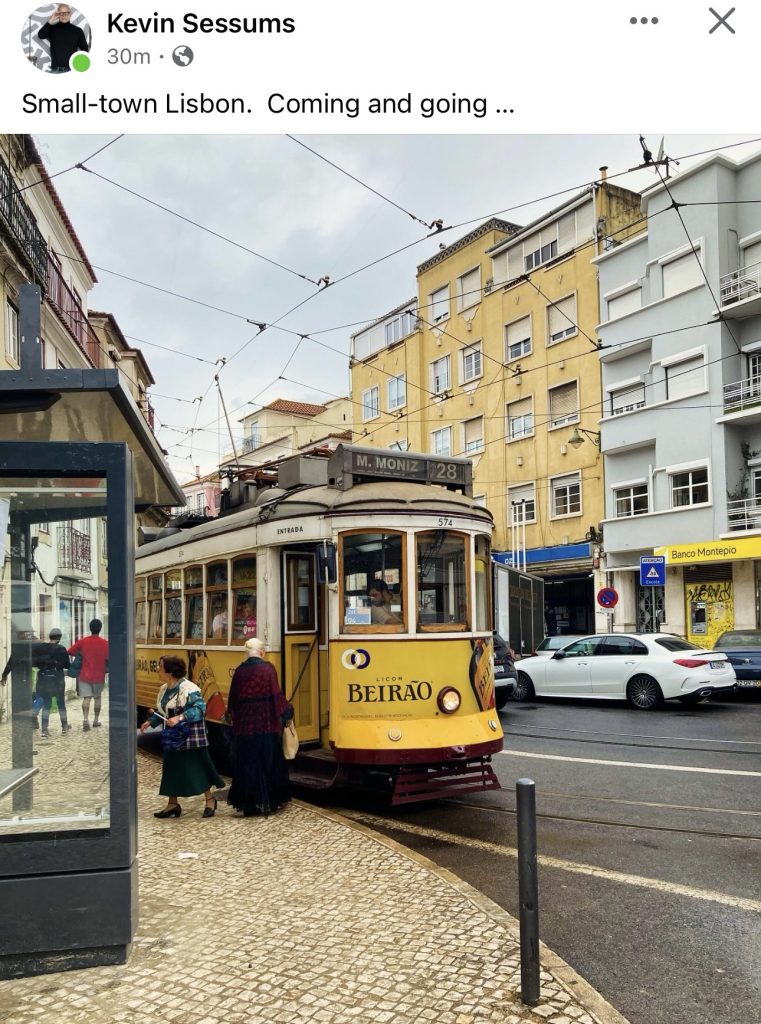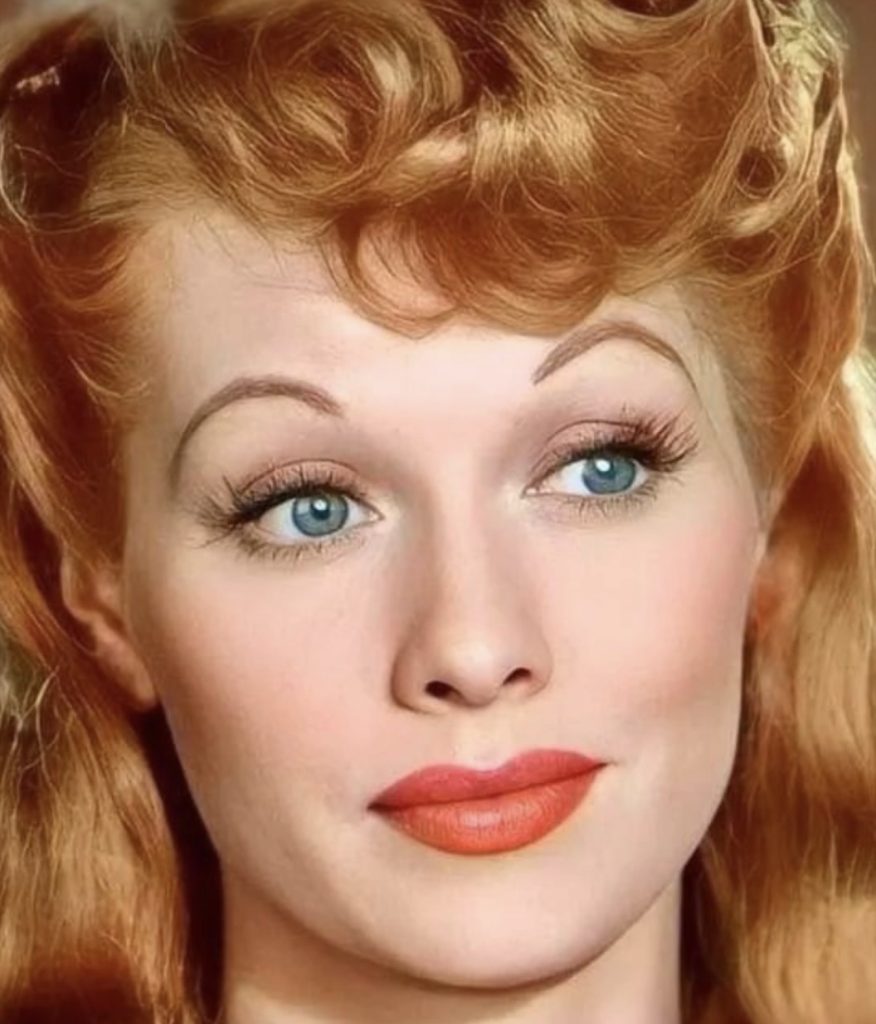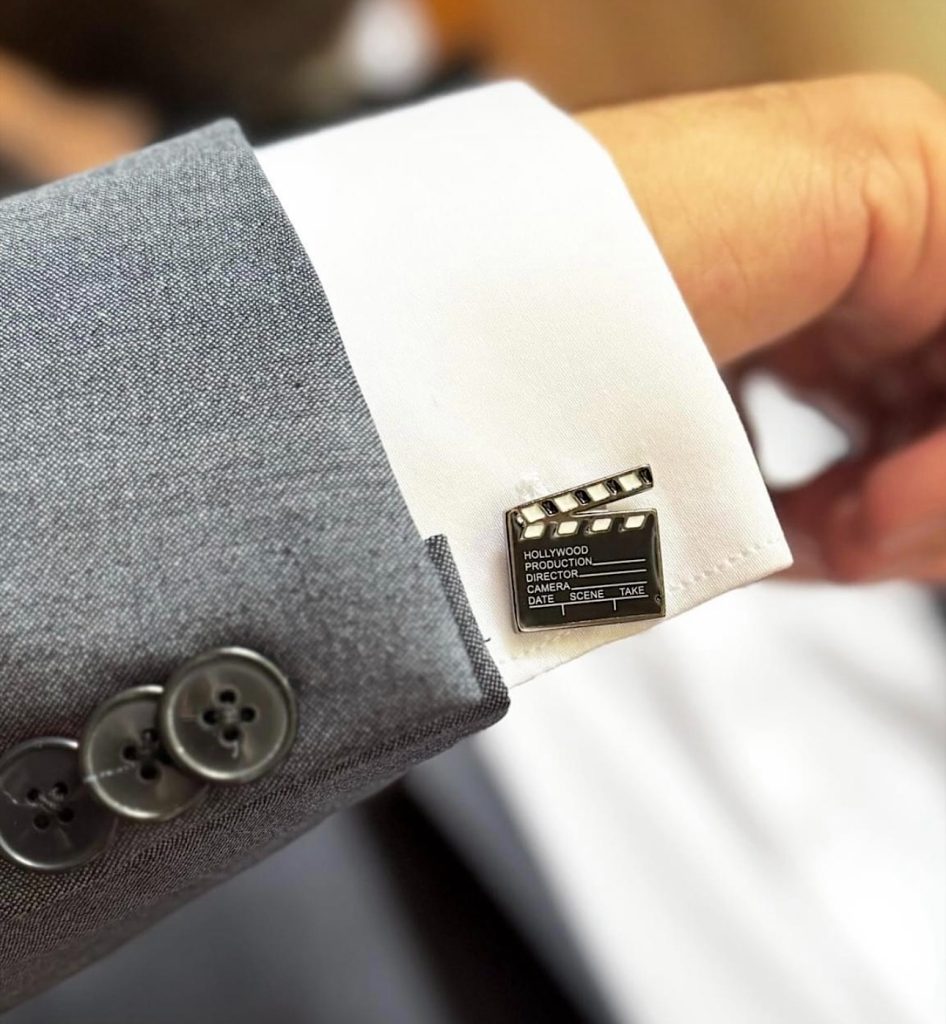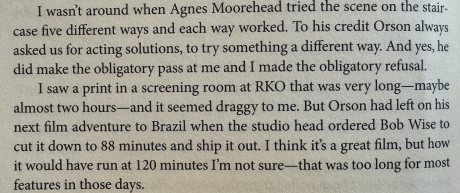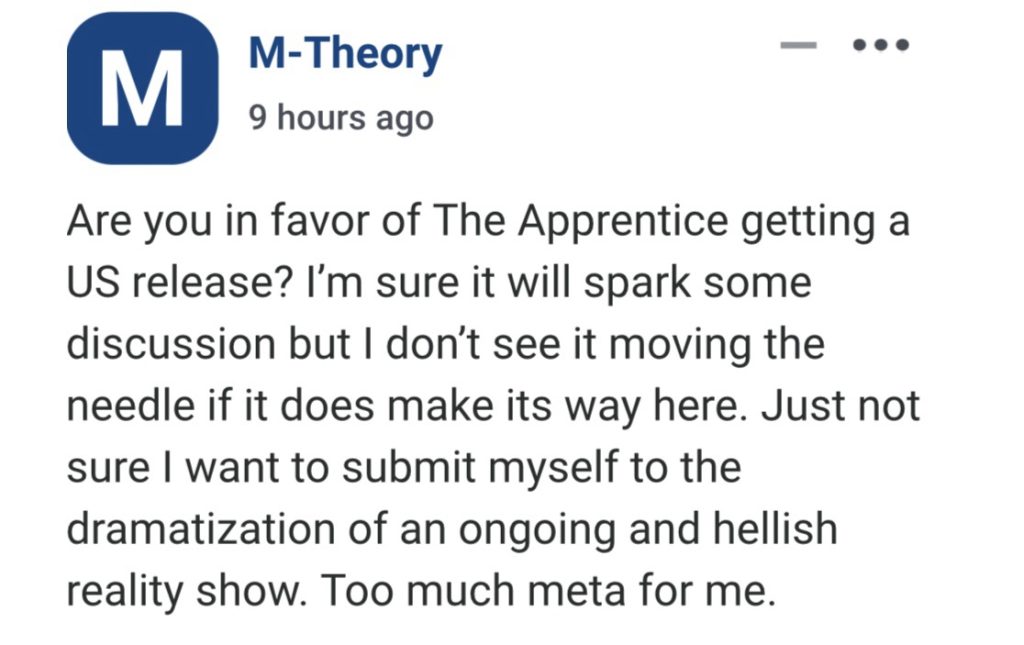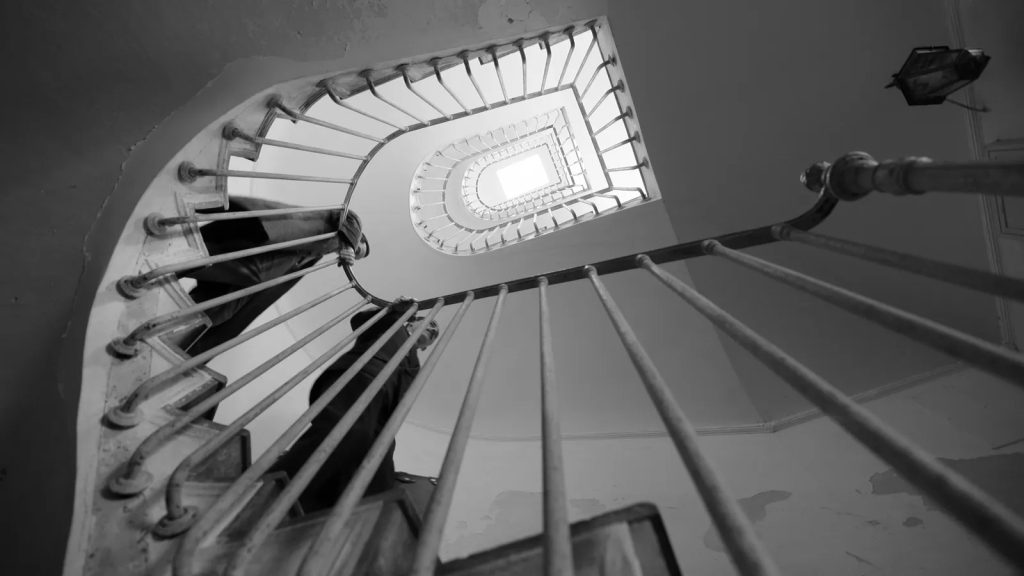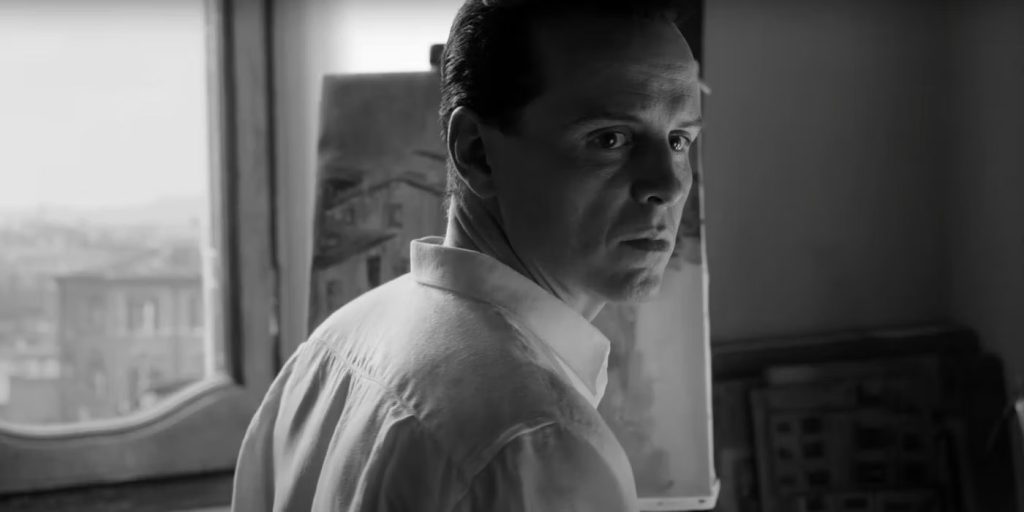Reliable Oscar handicappers Sasha Stone (Awards Daily) and Eric Anderson (Awards Watch) have spitballed projections for the likeliest 2024 (or 2025 to be specific) Best Picture nominations.
Sasha‘s and Eric‘s lists cover the usual suspects in a general way.
It is HE’s view, however, that the cultural worm has turned, and that Academy and guild voters are more sick of progressive-agenda, woke-identity factors than many handicappers realize (which is one reason why Emma Stone‘s wackazoid, larger-than-life Poor Things performance out-pointed Lily Gladstone‘s “vote for my Native American identity” KOTFM campaign).
This is why the strongest Best Picture contenders, I suspect, will be those that don’t feel especially woked-up or agenda-driven (i.e., POC narrative, #MeToo-assertive, LGBTQ- or trans-promotional). The less woke, the better…enough of that shit!
This is why I believe that the following eight films have the best chances of being nominated:
Todd Phillips‘ Joker: Folie à Deux (Warner Bros., 10.4)
Jacques Audiard‘s Emilia Perez (Netflix)
Steve McQueen‘s Blitz (Apple, undated but surely opening during award seaeon)
Edward Berger‘s Conclave (Focus Features, 11.15)
Sean Baker‘s Anora (Neon, 10.18)
Ridley Scott‘s Gladiator II (Paramount, 11.22)
Robert Zemeckis‘ Here
Greg Kwedar and Clint Bentley‘s Sing Sing
Phillips’ film — a musical madness journey between Joaquin Phoenix‘s imprisoned Arthur Fleck and Lady Gaga‘s Harleen Quinzel — promises to be the most swan-divey…the most imaginative, exorbitant and style-eccentric…which is why a voice is telling me it has the edge…that it may be the big winner because the other six are grounded in this or that reality.
Actually make that five. Because Emlia Perez is fairly nutso also — flamboyant, musical, wildly passionate, crediblity-stretching.
Set mostly in Brooklyn, Anora (winner of the Palme d’Or in Cannes) is an envelope-pushing, extreme-behavior dramedy about a sex worker marrying the ridiculously immature son of a Russian oligarch. It feels marginal at first, but gets crazier and more intense as it goes along.
Here “covers the events of a single spot of land and its inhabitants spanning from the past to well into the future.” Tom Hanks, Robin Wright, Paul Bettany, Kelly Reilly, Michelle Dockery, etc.
Conclave is a Vatican drama about Cardinal Lomeli (Ralph Fiennes) discovering that a recently deceased Pope was up to something gnarly.
Blitz (Saoirse Ronan, Leigh Gill, Harris Dickinson, Erin Kellyman, Stephen Graham, Paul Weller) is about Londoners being bombed by the Germans in the early ’40s.
And Gladiator II, which costars Paul Mescal, Denzel Washington and Pedro Pascal, will proably make the grade because Scott’s Gladiator was Best picture-nominated 24 years ago…maybe.
The trans fervor that greeted Jacques Audiard‘s Emilia Perez in Cannes will probably translate (pun intended) into a Best Picture nomination — a token identity-representation nominee that will undoubtedly make a lot of award-season noise but probably won’t win outside of the acting realm.
Kewdar and Bentley’s Sing Sing (A24, 7.12) is said to be a heartwarming lesson in walled-in humanism. Synopis: “Divine G (Colman Domingo), imprisoned at Sing Sing for a crime he didn’t commit, finds purpose by acting in a theatre group alongside other incarcerated men, including a wary newcomer (Clarence Maclin).”
I’ve seen impressive glimpses of Luca Guadagnino‘s Queer and would like to believe it will turn out well enough to merit a Best Picture nomination, but who knows? I’m fairly certain it will open sometime in the fall, possibly with A24 distributing.
I haven’t seen Jesse Eisenberg‘s A Real Pain (Sundance ’24 debut) so let’s just hold our horses for the time being.
It is HE’s spitball judgment that the following are less-than-assured Best Picture contenders: Wicked Part I, Hard Truths (Mike Leigh doesn’t do Oscar-friendly), The Piano Lesson (a presumably respectable August Wilson adaptation), Juror #2 (Clint!), Horizon (chapters 1 & 2 of Kevin Costner‘s four-part western epic), The Nickel Boys (abusive reform school).
Yorgos Lanthimos‘s Kinds of Kindness hasn’t a snowball’s chance in hell of being nominated for anything.
The bottom line is that 2024 doesn’t feel like a great Oscar year, but then it often seems this way in the early summer. Who knows?
